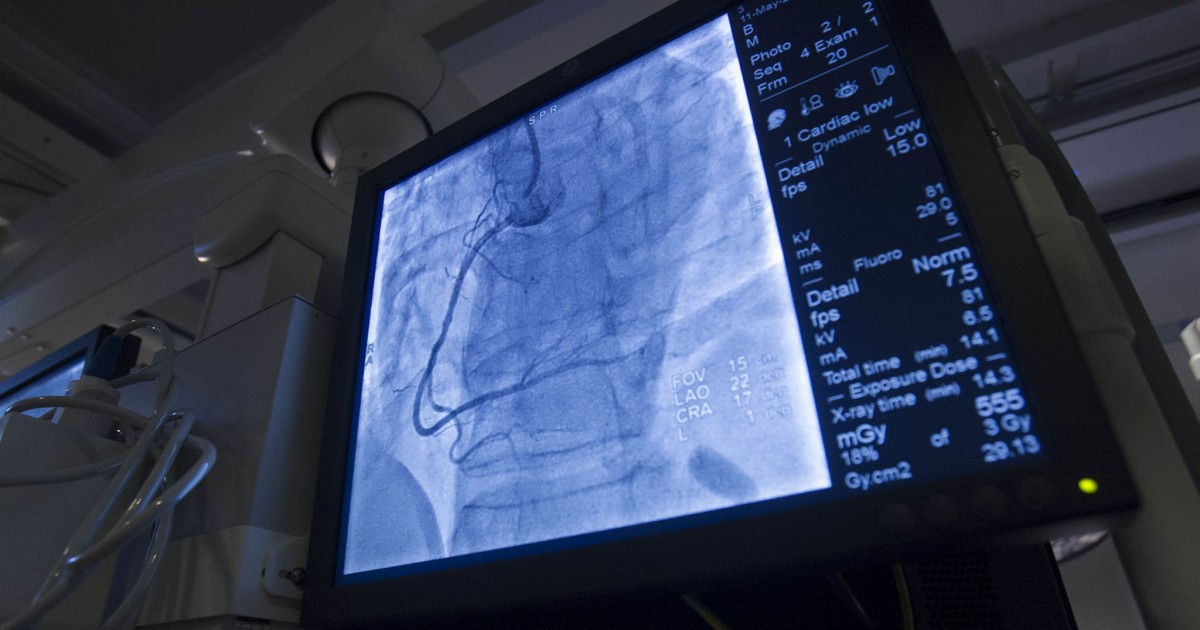How Is Renal Artery Stenosis Treated?
Renal Artery Bypass Surgery

Some individuals with severe cases of renal artery stenosis may need renal bypass surgery to treat the disease effectively. Usually, a renal angioplasty and stent placement is the next step taken when diet changes and medications prove to be ineffective. However, some renal artery stenosis patients have a renal artery that is too obstructed or blocked to undergo the placement of a stent. A renal artery bypass surgery allows the blood to redirect around the obstruction in one or more of the renal arteries. The bypass can be produced using a healthy vein from another region of the patient's body, or it can be made out of a synthetic artery. During the procedure, the surgeon identifies and removes a healthy vein from another part of the body (if they are not using a synthetic vein). The surgeon then uses stitches to connect one end of the synthetic or healthy vein to the aorta, femoral artery, or a healthy artery in the abdomen. The other end is then attached to the renal artery between the kidney and the obstruction. This mechanism allows for blood to flow freely around the blockage of the renal artery. Recovery for renal artery bypass surgery is between two and four weeks. However, the result is permanent and known to be very successful at treating renal artery stenosis.
Renal Angioplasty And Stenting

When diet changes and medications are not effective at treating renal artery stenosis, a procedure called renal angioplasty and stenting may be recommended. This surgical procedure lowers blood pressure, increases blood flow to the kidneys, and prevents further complications such as organ damage. Renal angioplasty and stent placement involve the use of a long flexible tube called a catheter, a small balloon, and a stent or mesh wire tube. A small incision is made in the patient's thigh, and the surgeon guides the catheter from the femoral artery to the affected renal artery. A small balloon at the end of the catheter is then inflated, and the plaque or excess tissue are pushed against the walls of the artery. This mechanism effectively widens the artery. The surgeon then places the wire mesh tube or stent inside of the widened artery to hold its expanded position. The balloon is then deflated, and the catheter and balloon are removed. The stent stays in place permanently to allow for better blood flow to the kidneys. Renal angioplasty and stenting placement is a minimally invasive procedure, and it has a significantly quicker recovery time than other traditional open surgical procedures.
